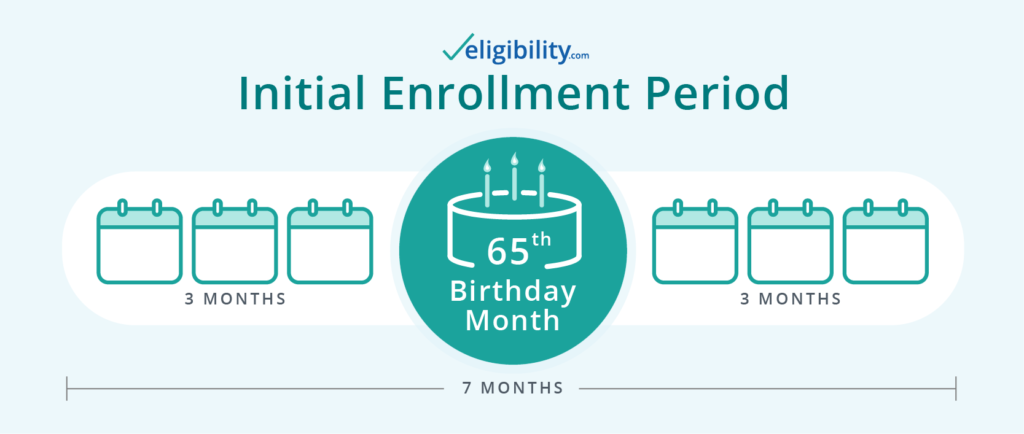With a vision to provide a universal health plan, such as Medicare insurance, the United States does not truly have a national health care plan. Even though universal health care, another name for national health care plans, has its conception in the 20th century, the United States has shied away from its inception. In fact, the United States is one of the few industrialized countries that do not offer true, the government provided universal health care.
The first private health insurance programs created nationwide was the Blue Cross plans. Originally paid by individuals on prepaid bases for certain hospitals, this was later changed to include any sponsored hospital. The individual would provide a monthly payment that ensured he was cared for a specified number of days.
There are varying reasons that a national health care insurance plan has not taken hold in the United States. As the American Medical Association has opposed the establishment of a national plan, the employer sponsored insurance plan has added the catalyst to not create a national plan. Since the employers can write off the plans provided to their employees, Congress has not received any push to change the concept of employer-sponsored plans.
The closest conception of universal health care the United States institutionalized is Medicare. Medicare was created in 1965.
Then Came Medicare
So how did Medicare take hold? Though it is not a true national health care plan for everyone, only for those over 65, it is because of President Lyndon B. Johnson and a majority of Democrats in both houses of Congress that the plan came into existence.
Attempting to provide a plan comparable to the private sector, the creation of Medicare insurance part A came about. By mimicking the current plans, Medicare part A provided a determined amount of hospital care. Any more care beyond what the plan stated was to be paid by the patient.
The disadvantage to a plan such as this is the increasing expense of hospital care. The costs paid by the insured are now at a level to completely destroy financially that individual. In other words, as expenses have increased with hospital care, Medicare insurance Part A has not kept pace. Therefore, any difference in cost is paid for by the patient.
This realization gave way to catastrophic plans. These plans allow the insured to pay for some of the upfront costs up to a predetermined out-of-pocket limit. Once that is reached, the insurance pays 100% of the cost. Unfortunately, Medicare in Oregon has not evolved into this type of arrangement.
As such, we are beginning to see the bankruptcy of the plan, as well as the bankruptcy of the insured attempting to cover their part of the insurance plan.
Medicare insurance part B evolved into a plan to encourage doctors to be paid by the federal government with the attempt to not institute price controls by the same. Under the original intent, Medicare part B paid for 80% of a doctor’s services while the patient paid the other 20%, and any fees above the reasonable costs.
However, the plan has degenerated into a government price control plan, where the government dictates to doctors what they will be paid for services the doctors provide.
Medicare Eligibility
Most individuals understand that to enroll one must be age 65 years or older. However, most may not know that they also must be eligible for receiving Social Security or Railroad Retirement. Furthermore, the individual does not need to be receiving either one of the retirement payouts, but one must be eligible to receive them.
In short, you can receive Medicare insurance without receiving Social Security or Railroad Retirement income. You probably know someone who has decided to continue working. As such, they have delayed their receipt of government retirement payouts. However, to ensure a medical benefits plan, they have signed up for Medicare.
When you sign up for Social Security or Railroad retirement at age 65, or decide to receive payments at 65, you are automatically enrolled in Medicare insurance Part A and Part B.
- Apple iPhone 17: A Powerful and Feature-Rich Smartphone - September 22, 2025
- Everything You Should Know About Car Insurance - October 30, 2019
- Track phone activities of your boyfriend through spy apps - October 8, 2019
- Find your home protection at affordable rates - September 25, 2019
- 4 Essential Tips for Getting Cheap Car Insurance - September 19, 2019
- Life Insurance policies – Most important investment of your life! - September 18, 2019
- Top 7 Differences Between NodeJS and AngularJS - August 30, 2019
- Amazing New Angular 8.0 the Top 6 Features Here - August 30, 2019
- Understand All about Medicare Insurance and Its Benefits - August 29, 2019
- Why Health insurance is Considered a Priority? - August 27, 2019




